Distilleries in Gros Morne, Martinique
Read moreThe House of Cane
Museums in Trois-Îlets, Martinique
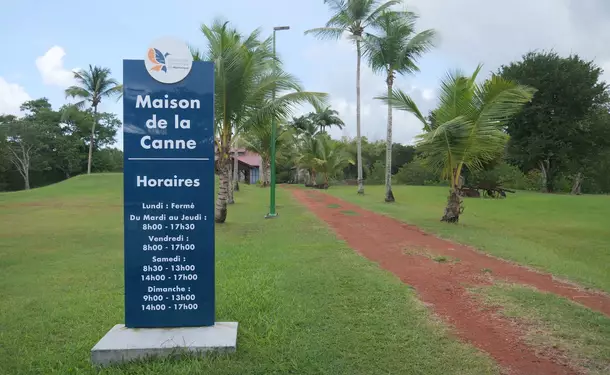
-
Lasts about 1h30
-
Phone : +596 596 68 32 04
- You own this tourist site and want to change its content? Contact us.
Overview
In addition to the beautiful white sandy beaches and the Creole districts, Martinique also has other remarkable sites. By visiting the Maison de la Canne, you will discover a fundamental part of Martinique's history. Indeed, the colonial exploitation of the sugar cane included slavery, to make the sugar factory work and make rum.
The House of Sugar Cane: a historical place that became a Museum
Spread over an area of two hectares, the House of Sugar Cane is a former distillery. The factory ceased to operate in 1962.
Today the property includes beautiful places to walk. You will discover various buildings as well as beautiful plants, palm trees, and various objects related to the sugar factory. Now a regional sugar cane museum, the place offers you a permanent and temporary exhibition on two floors of the main building.
The permanent presentation is entitled "One Land, One Plant, One People". It is impossible to evoke the history of sugar cane without also telling the story of slavery in Martinique. The boats brought back from Africa the slaves destined to work hard for the harvest. It was necessary to satisfy an ever-increasing demand for sugar or rum in mainland France.
An anecdote in history! The House of Sugar Cane was first a dwelling, i.e. a colonial sugar, cocoa or coffee property.
From 1820 until the beginning of the 20th century, the Vatable family owned the house. The name remained attached to the estate and its surroundings. Then, in 1906, the Vatable house was sold at auction. Its purchaser, Justin Mario, installed a distillery there, which opened ten years later. But in the end, the factory closed down in 1962. And it was not until much later, in 1987, that the Martinique Association of the House of Sugar Canecreated this museum. The Regional Council has included the property in its heritage and has managed it since 1991.
Visit the House of Sugar Cane
As soon as you arrive at the entrance of the house, you will appreciate the beauty of the place. The old Vatable distillery has retained all its charm, with its large green spaces and its period buildings.
To learn about the history of sugar cane and its impact on Martinique, visit the permanent exhibition on the first floor.
Through the theme "One Land, One Plant, One People", you will discover the major role of sugarcane in the culture of Martinique. You will learn about the introduction of sugar cane in Martinique. Then the harsh conditions of the slaves, the structure and functioning of the "habitations".
Finally, comes the abolition of slavery in 1848, with the subsequent need for restructuring. It was impossible to continue to use the dwellings while growing sugar cane and then producing sugar. Industrialization was imposed, the farmers joined together to create an industrial unit.
On the first floor of the building, you will see how rum is distilled. It can be produced directly from the sugar cane or from the molasses of the sugar.
Outside, as you walk around, you will be surprised by old locomotives. Some boilers, a wood mill and many other beautiful things await you. And if you feel like it, enjoy a little punch in memory of the heroes of sugar cane!
What to expect
7 photos

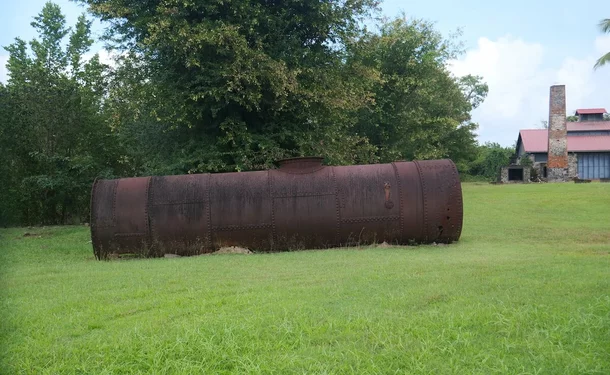
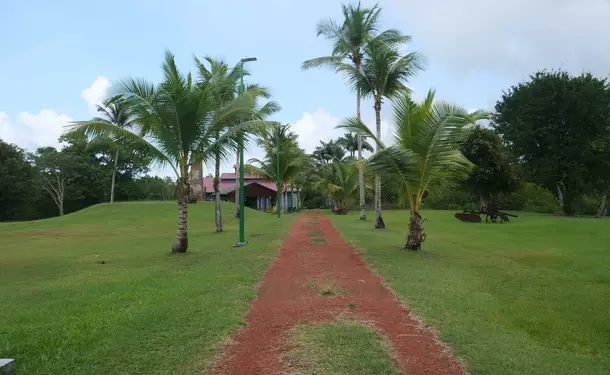
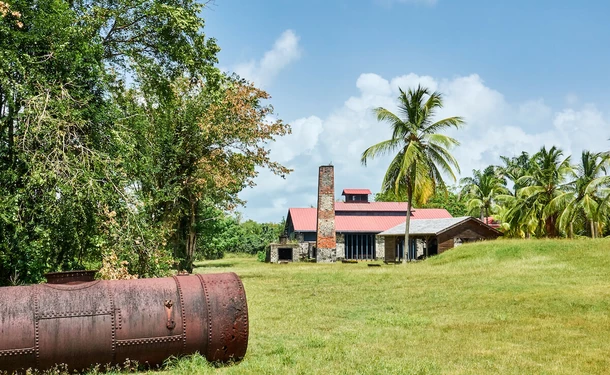
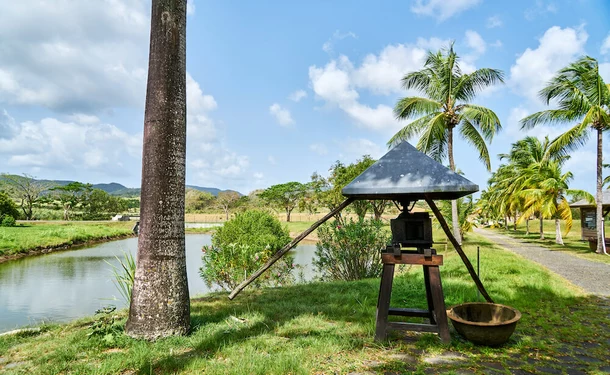
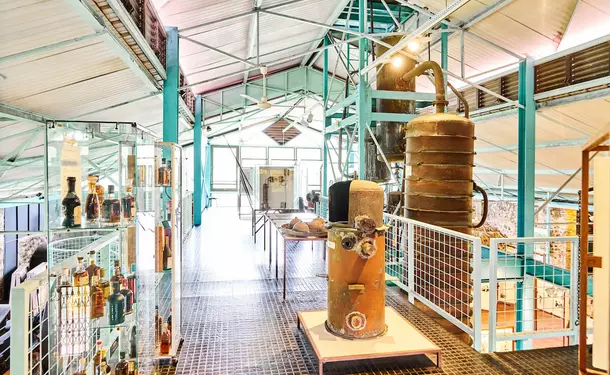
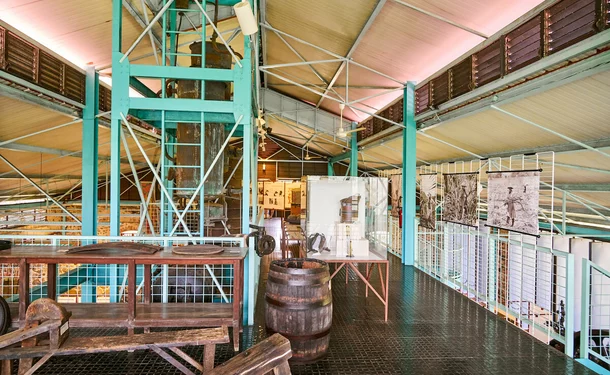
The museums of the island of Martinique
- The Chateau Dubuc and its micro-museum
- The Bernard David Museographic Space
- The Museum of Popular Arts and Traditions
- The Father Pinchon Museum
- The Fishing Museum
- The Volcano House
- The Earth Sciences Discovery Centre
- The House of Cane
- The Ecomuseum of Martinique
- The slaves' savannah
- The Sugar Factory and Distillery Le Galion
- The Rum Museum
- Departmental Museum of Archaeology and Prehistory of Martinique
- The Banana Museum
- Regional Museum of History and Ethnography of Martinique
- Sea Museum of Martinique
- Memorial of the 1902 Catastrophe
- The Pagerie Museum
Other sites in Martinique
Some activities to do in Martinique
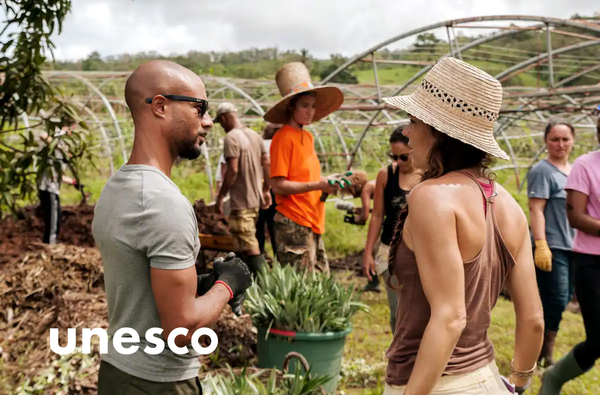
12 €/adulte/enfant - lasts 1h30
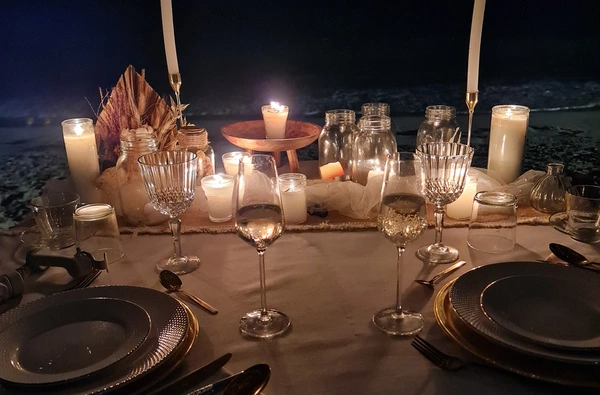
165 €/adulte/enfant - lasts 2h

50 €/adulte - lasts 3h
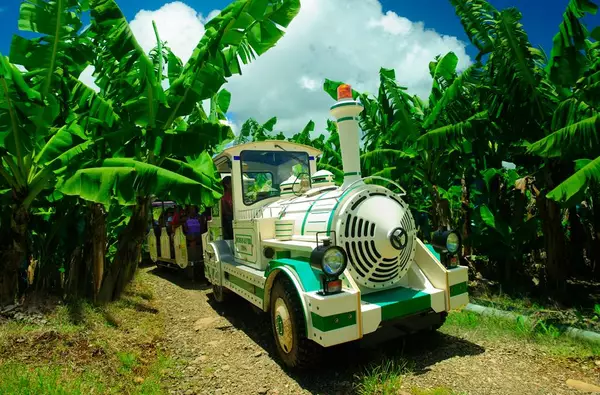
17 €/adulte - lasts 1h
20 €/adulte - lasts 2h30












